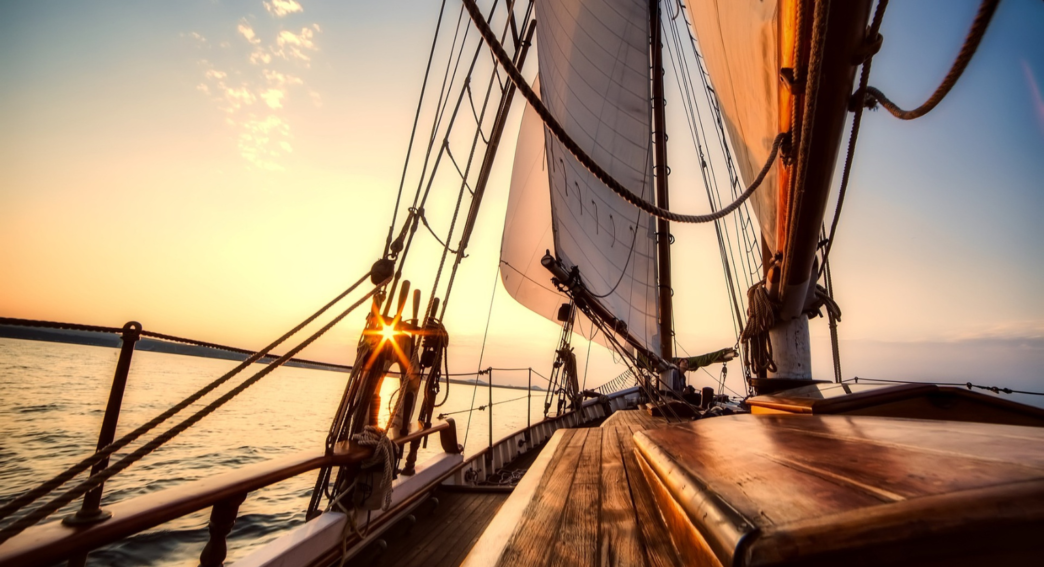Understanding and harnessing the power of ocean currents and tides is essential for efficient and enjoyable sailing. These natural forces can significantly impact a sailor’s performance, fuel consumption, and overall voyage planning. By understanding the intricacies of ocean currents and tides, sailors can optimize their routes, minimize fuel consumption, and navigate the world’s waters more effectively.
Ocean Currents: Nature’s Moving Highways
Ocean currents are large-scale movements of water driven by various factors, including wind, temperature, and salinity. These currents can be classified into surface currents, primarily influenced by wind, and deep currents, driven by differences in temperature and salinity. Understanding the prevailing currents in a region is crucial for optimizing sailing routes and minimizing fuel consumption.

Key points to remember about ocean currents include:
- Identifying the dominant currents in the intended sailing area.
- Using current nautical charts to visualize the direction and speed of currents.
- Employing current meters to measure local current speed and direction directly.
- Sailing with the current whenever possible to reduce sailing time and fuel consumption.
Tidal Influences: The Rhythmic Dance of the Ocean
Tides are periodic changes in sea level caused by the gravitational pull of the moon and sun. The tidal range, which is the difference between high and low tide, varies depending on location and astronomical factors. Understanding tides is essential for safe navigation, especially in shallow waters or harbors.
Key points to remember about tides include:
- Use tidal charts to determine predicted times of high and low tide.
- Being aware of the tidal range in the sailing area to avoid grounding.
- Understanding the potential for strong tidal currents in narrow channels and harbors.
- Timing departures and arrivals to coincide with favorable tidal conditions.

Tips for Navigating Currents and Tides
- Plan ahead using current and tidal charts to estimate arrival times.
- Monitor current and tidal conditions throughout the voyage and adjust course or speed as needed.
- Utilize sailing instruments such as GPS, wind instruments, and depth sounders.
- Gain experience through practice to better understand and navigate currents and tides.
By understanding and harnessing the power of ocean currents and tides, sailors can enhance their sailing experience and optimize their voyages. With careful planning, knowledge, and a little bit of luck, they will be well-equipped to navigate the world’s waters with confidence and efficiency.

